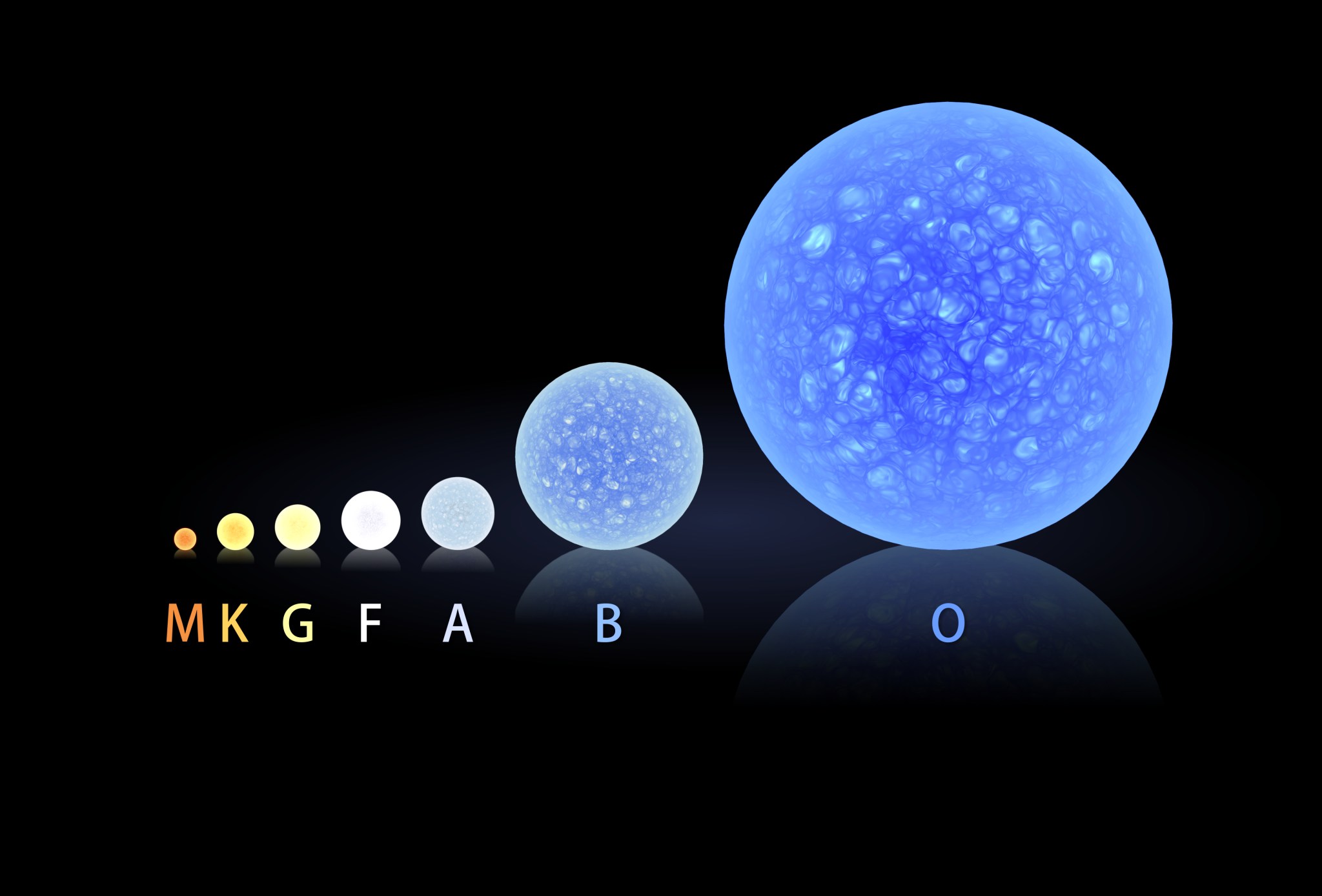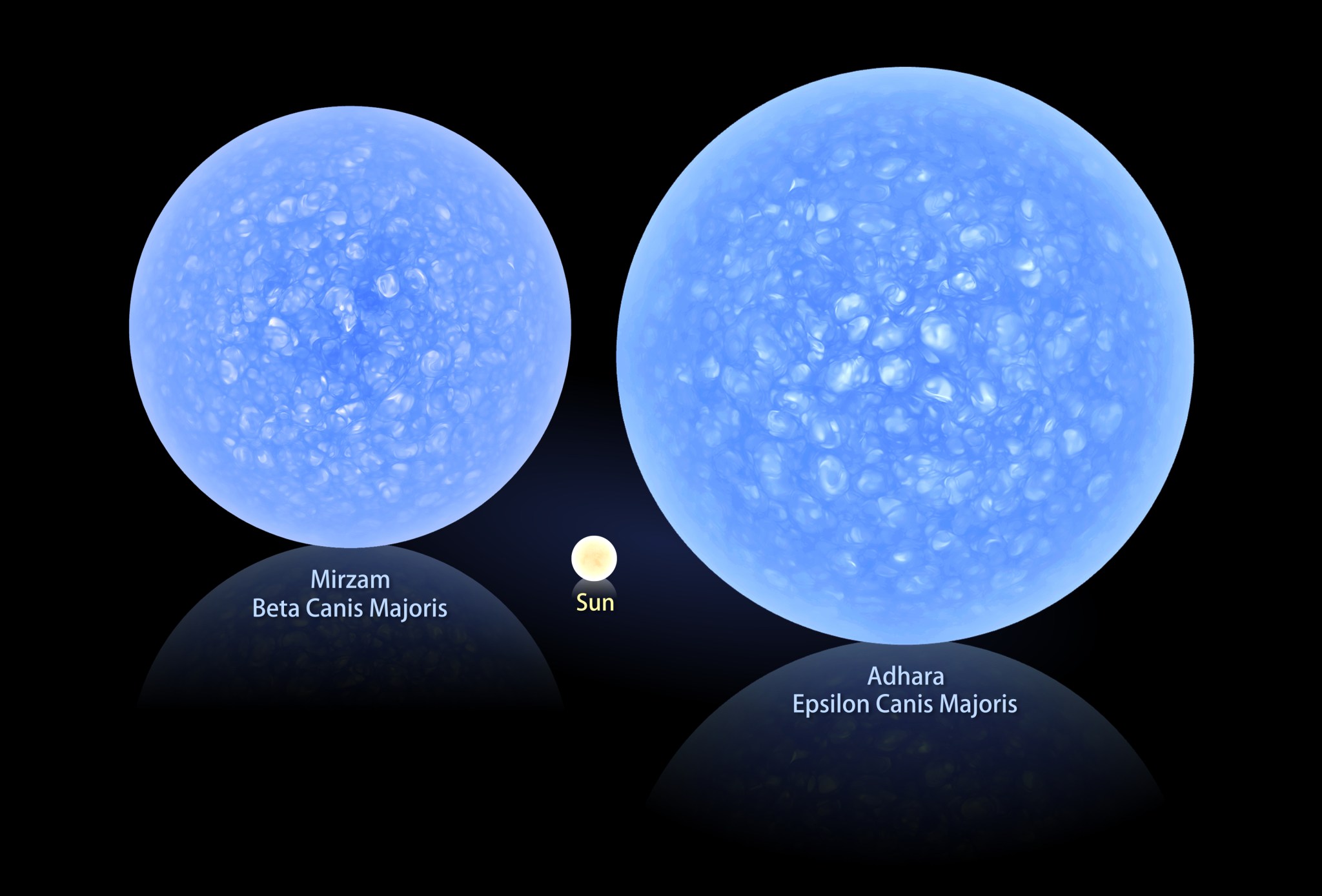UPDATE Nov. 2, 2020: DEUCE was successfully launched at 5:20 a.m. EST November 2 on a NASA Black Brant IX sounding rocket at the White Sands Missile Range in New Mexico. The DEUCE payload flew to an altitude of 177 miles (285 km) before descending by parachute and being recovered. The science team reports that good data was received. The payload will be refurbished for its next flight currently scheduled for summer 2021 in Australia.
NASA’s next sounding rocket will measure light from some of the hottest stars, in hopes of finding out what’s cooking the space between galaxies.
The Dual-channel Extreme Ultraviolet Continuum Experiment, or DEUCE, is scheduled to launch from the White Sands Missile Range in New Mexico early on Nov. 2. This is DEUCE’s second flight, during which it will observe the second of two stars on its target list. Once above Earth’s atmosphere, it will measure that star’s extreme ultraviolet light to see if it might explain how the matter between galaxies remains puzzlingly hot.
One of the chief mysteries about the intergalactic medium, the stuff that fills the vast space between galaxies, is why it is a plasma – a gas so hot that its atoms have been pried apart. In the depths of space, positively charged ions buzz alongside negatively charged electrons at temperatures over 180,000 degrees Fahrenheit (100,000 degrees Celsius), so hot they can’t recombine into stable atoms.
Astronomers know how it got that way – in the turbulent early days of the universe, exploding stars called supernovae were common, and kept the intergalactic medium sizzling. The mystery is how, in a far calmer universe, it stays ionized today.
“Without a consistent source of ionizing radiation, it should recombine – it’s had billions of years to do so,” said James Green, an astrophysicist at the University of Colorado and principal investigator of the DEUCE mission. “So there must be a continuing source of ionizing radiation. Where’s that coming from?”
The most likely explanation is that starlight escaping from galaxies pours out into the intergalactic medium, frying the atoms there. But only certain kinds of starlight could do it. Ionizing the intergalactic medium – which is made mostly of hydrogen – takes extreme ultraviolet light, and only O- and B-type stars emit enough to do the job.
O-type stars, which are up to a million times brighter than our Sun, are the hottest and brightest in the universe. But they don’t live long enough to be a consistent power source. B-type stars live longer but tend to be dimmer, so gas within their galaxy would absorb much of their extreme UV light before it could escape.

With the DEUCE mission, Green is testing out a combined idea: that O and B stars give a one-two punch.
“The theory proposes that the O stars go through their supernova phase, blow holes out of the galaxy, and maybe then the B stars – which live longer but aren’t as massive or hot – shine their light out,” said Green. “While they don’t produce nearly as many photons as the O stars, B stars might be more efficient at getting them to the intergalactic medium.”
To find out, Green is observing the two nearest B stars: Epsilon Canis Majoris, also known as Adhara, and Beta Canis Majoris, also known as Mirzam. Located about 500 light-years away in the constellation Canis Major, both stars are visible with the naked eye.
The extreme ultraviolet light from both stars that reaches Earth is quickly absorbed by our thick atmosphere. So Green and his team are launching their instruments on a sounding rocket, a type of rocket that makes a brief trip into space and then falls back to Earth. In its roughly 15-minute flight, DEUCE will have about six minutes of observing time.
DEUCE will target Beta Canis Majoris for this flight, having observed Epsilon in 2018. The 2018 measurements found Epsilon likely isn’t bright enough to ionize the intergalactic medium, but Green stresses the importance of making multiple measurements.
“I don’t know if the star is typical or atypical,” said Green. “The second measurement is always cool, because it’s either the same, or it’s different.”
Like many sounding rocket missions, DEUCE is also testing out new technology. The rocket payload uses a new kind of microchannel plate detector – a device used to measure both particles and light. DEUCE’s plate is larger and made of more durable material – the same stuff that used to go into Pyrex plates.
“They have a lot of advantages over the plates that are currently in NASA’s Hubble Space Telescope, which are all glass. They’re much hardier as well, more physically robust and harder to break,” Green said.
Being hardy is especially important for sounding rocket payloads, which parachute back to the ground after the flight. The team hopes to refurbish the payload in time for a new launch from Australia in 2021. There, it will observe our closest neighboring star system, Alpha Centauri, to see if its starlight is too intense to support a habitable exoplanet.
“The last two recoveries have been completely intact. We just turn it on and it works,” Green said. “Hopefully it’ll be the same here. We’ll take it back to Colorado, clean it up, make some modifications and in February, we’ll get ready for the Australia campaign.”
The DEUCE experiment will launch aboard a Black Brant IX sounding rocket. NASA’s sounding rocket program, based out of NASA Goddard Space Flight Center’s Wallops Flight Facility, flies 20 rockets annually, testing new instruments and supporting cutting-edge research in astrophysics and heliophysics.
Related:
NASA’s Goddard Space Flight Center, Greenbelt, Md.





























